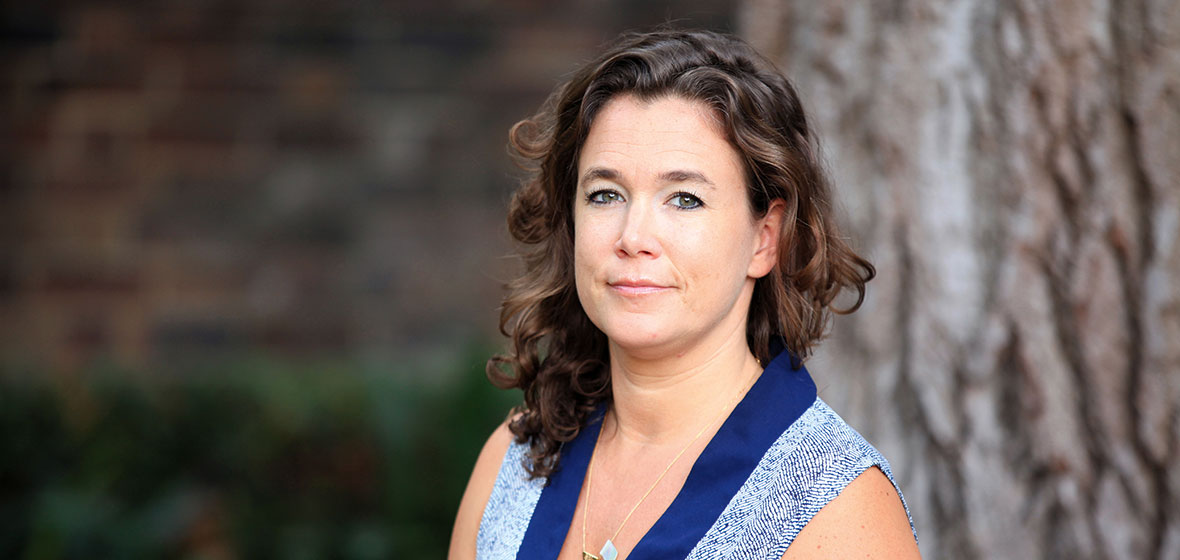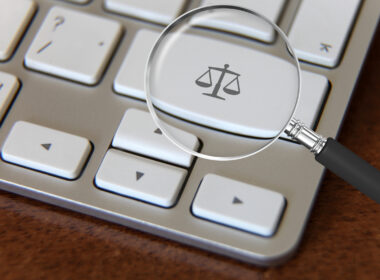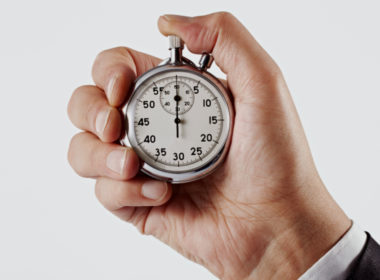There’s a locked room at the University of Sydney that may hold hope for some Australian prisoners who claim they have been falsely convicted of serious crimes. The room is filled with boxes of court files, police interviews and eyewitness testimonies that 13 students, led by academic Celine van Golde, Associate Lecturer in the School of Psychology at the University of Sydney, will spend weeks going through. The room is the base of the new Australian innocence project, Not Guilty: The Sydney Exoneration Project. It’s a labour of love for van Golde, who studied three years of law before a course in forensic psychology interested her so much she switched degrees in The Netherlands. Her interest in the area began long before true crime became popular entertainment through programs such as Making a Murderer and Serial. Van Golde says the project focuses on the role of forensic psychology in wrongful convictions. “Our project is a bit different to other innocence projects around the world as we will mostly be looking at false identifications and false confessions, not DNA evidence,” the 34-year-old explains. “From research in the United States, we know that the number one reason people are wrongfully convicted, in fact in about 72 per cent of cases, is mistaken identification. This can involve eyewitnesses who have identified perpetrators but it later turns out they identified the wrong people. Other factors in wrongful convictions are false memories, false confessions and laboratory errors.” Van Golde explains the project to JANE SOUTHWARD.
“In forensic psychology, we look at any aspects in relation to the legal system. We look at all the processes and people involved.
The Exoneration Project is different to other innocence projects. We have 13 students, some in third-year law, others are honours psychology students. In a lot of innocence projects around the world, you need to have DNA evidence available before they even consider your case. We won’t be looking at DNA evidence but at the role of forensic psychology in wrongful convictions.
The idea began a couple of years ago when a colleague who was going on maternity leave received a letter from a man in jail who had seen a documentary about something to do with forensic psychology. He asked my colleague to look into his case and I asked if I could do it. I had wanted to create a similar project to the one I had worked on in the Netherlands. In that project, a woman was freed after serving seven years in jail for murdering two hit men and burying them in the backyard. The project found errors in theforensic evidence and eyewitness statements.
From the exoneration cases in the US, we know there are key reasons people are in jail and innocent. Of the 375 first cases in the US, 72 per cent of people were wrongly convicted because they were falsely identified. Other key reasons are false confessions, laboratory errors and false memories.




